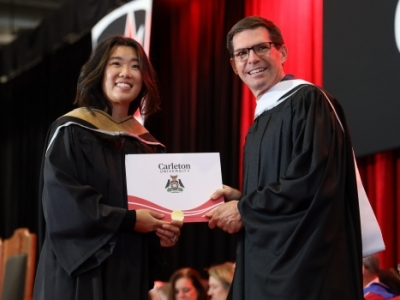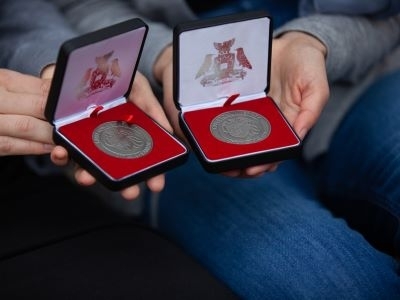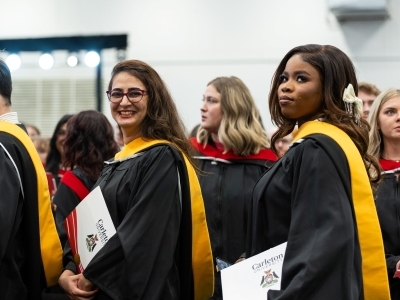Like many other PhD candidates, Heather Igloliorte was trying to complete her dissertation while working a full-time job.
She was hired as an assistant professor by Concordia last July while she was still ABD (All But Dissertation completed).
“Many doctoral candidates need to work in the final year or more of their dissertation, writing when funding and grants are no longer accessible, so trying to balance work and writing is a fairly common situation,” says Iglioliorte.
“I could really only write on Fridays and some weekends throughout the year, and because of this, I had a hard time keeping the big picture in mind from week to week. Instead, I wrote little sections here and there.”
When May came, Igloliorte says she had to work night and day to finish her dissertation by the early August deadline. “It was challenging, but all those little well-written little pieces I had created throughout the year made a big difference when it came time to compile, complete and edit the whole document.”
Igloliorte’s thesis topic was driven by her personal life experiences.
When she was growing up in Labrador, she was surrounded by creative artists. “My father draws, my mother sews, my siblings are all artists, my aunt makes dolls, my grandmother was known for her sealskin boots and “inukuluk” duffel parkas (those popular coats embroidered with little Arctic people and animals),” shares Igloliorte. “I know that many other Nunatsiavummiut (Labrador Inuit) and other people would say the same about their families.”
“Given the richness and proliferation of the living visual culture I had experienced in Happy Valley-Goose Bay and knew to be found throughout the Nunatsiavut Territory, imagine my surprise when, as a young grad student, I went looking for writing on Labradorimiut art and came up with almost nothing,” says the PhD candidate.
Although there is a vast literature on contemporary and historical Inuit art in Canada, very little considers the work of Nunatsiavut artists.
So Igloliorte spent the next few years focusing her research in this area.
For her PhD with Carleton’s Institute for Comparative Studies in Language, Arts and Culture, Igloliorte wrote the first art historical study of Labrador Inuit art.
She was thrilled to work with Dr. Ruth Phillips, Canada Research Chair in Modern Culture. “My hope is to follow the excellent model that she and her collaborators have set forth, in gathering documentation and images on Great Lakes Indigenous peoples from worldwide museum collections and uniting them digitally to create a database of Labrador Inuit visual culture.”
 Igloliorte conducted a lot of original museum and archival research at museums and archives all over Canada, as well as recording more than 50 interviews with artists and other knowledgeable community members in Labrador and others in the rest of Canada.
Igloliorte conducted a lot of original museum and archival research at museums and archives all over Canada, as well as recording more than 50 interviews with artists and other knowledgeable community members in Labrador and others in the rest of Canada.
Says Igloliorte: “I hope that my dissertation and the resulting publication, exhibition, and other productions from this research will facilitate the introduction of Nunatsiavummiut arts and visual culture into the critical conversation and global interest in contemporary and historical Inuit art.”
Igloliorte graduated with her PhD in Cultural Mediations on Nov. 9.
Her advice to other PhD students who are still writing their dissertations: “If it’s too daunting to sit down and write a chapter, divide the work into sections and focus just on those little two or three page sections. They add up in the end.”



